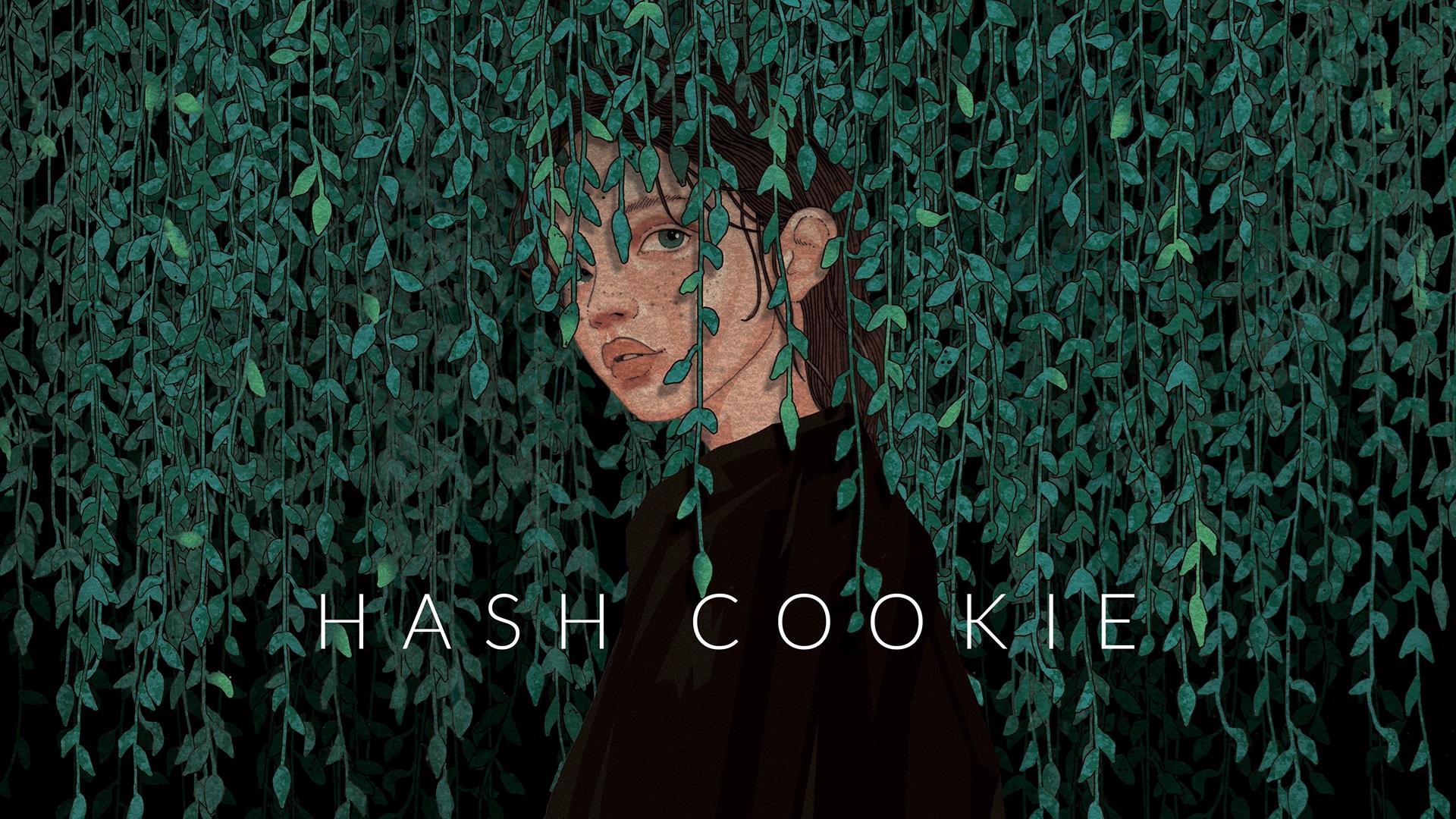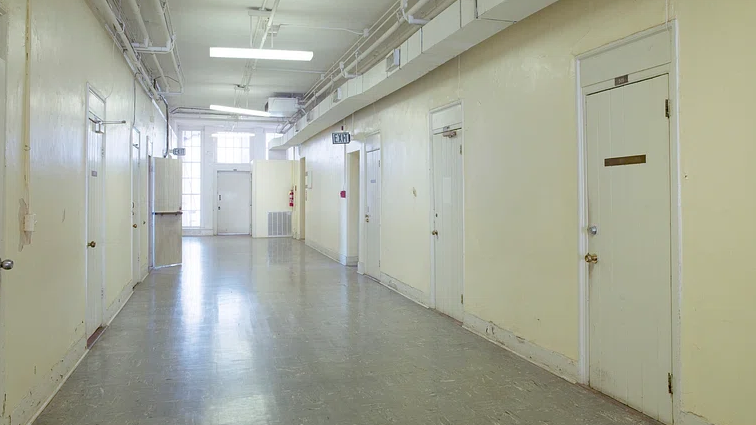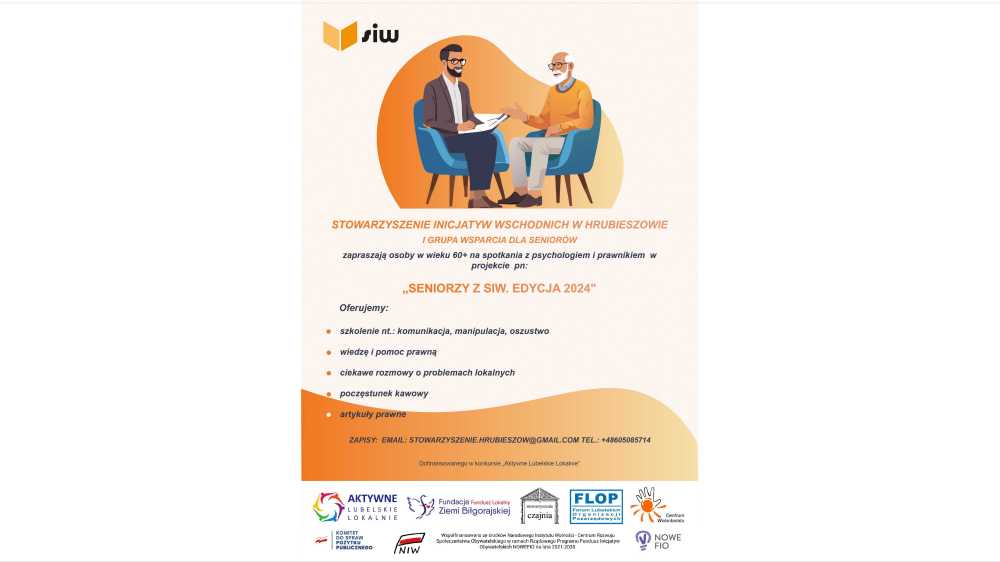Brian Eno has taken many musical forms: producer, technologist, glam-rock star. Eno, the fresh documentary about the musician, besides takes many forms, though more literally. Each showing of the movie, which opens present in fresh York at movie Forum, will be a different version. It is, according to its makers, “the first generative feature film,” meaning pieces of it will change form and structure per viewing, thanks to any clever software ingenuity designed by manager Gary Hustwit and his partner Brendan Dawes.
While Eno may be more celebrated as a band associate of Roxy Music or producing David Bowie’s Berlin trio, the form of this documentary fits its subject: Eno himself has been making generative art for decades now, since avant-grade minimalism of 1975’s Discreet Music to the mutating soundtrack of Spore.
This is different from generative AI, though, which uses massive training models to infer what it should spit out. Eno is crafted through 30 hours of interviews and 500 hours of movie — a curated and ethically sourced data set — with certain pieces weighted to be more likely to appear. Basically, it follows a set of rules and logic written by Hustwit and Dawes. According to The fresh York Times, there are 52 quintillion possible versions of Eno. The 2 that I saw were immensely satisfying, with lots of overlap between each.
Eno is an unexpected documentary in another ways, too. You might anticipate a movie with so many possibilities to be broad, yet the scope remains narrow. alternatively than taking a sweeping look at the musician’s long career, it expounds on his philosophies about creativity. The movie deploys any large archival footage, but there are no another talking heads (although there is plenty of Talking Heads). It’s an approach you might anticipate from filmmaker Hustwit, best known for Helvetica, a doc that takes the seemingly niche subject of a single typeface and expresses how wide-reaching its plan influence has been.
But the ambitions of Eno are greater than the movie itself. Hustwit wants to see a future exploring generative filmmaking utilizing Brain One, the name of the software behind Eno (as well as a part of hardware designed by Teenage Engineering). The manager spoke to The Verge about his ever-changing documentary, the bespoke patent-pending technology that fueled its creation, and how the movie inadvertently met this AI minute and did something more ambitious by reasoning smaller about generative art.
The interview has been edited and condensed.
I’ll just start with the apparent one. Why Brian Eno?
I was fortunate adequate to have him do the soundtrack for my erstwhile movie Rams, about the German designer Dieter Rams. It was in 2017 erstwhile I was working with Brian, and I was just asking him, “Well, why isn’t there a documentary about you? Why isn’t there a career-spanning, epic documentary about you, Brian?” And he was like, “Ah, I hatred documentaries. I’ve turned down so many people. I hatred bio documentaries. And it’s always 1 person’s version of another person’s story, and I didn’t want to be individual else’s story.”
And around that same time, I was having these thoughts about, well, why can’t showing a movie be more performative? Why does it should be this static thing all time? I was working with my friend Brendan Dawes, who’s an amazing digital artist and coder, trying to experimentation with what a generative movie could be. Could you have a movie that was made in software, dynamically, that was different all time but inactive had a storyline and felt like any of my another films, but that I would be amazed all time it played, too, just like the audience?
We were experimenting with that and very rapidly realized, well, Brian would be the perfect subject for this approach. We showed him a very early demo of the generative software strategy that we created, and he loved it. He was just like, “This is precisely what I want to do.”
Director Gary HustwitEbru Yildiz
You get the textures of his reluctance in the scene erstwhile he’s going through the notebooks.
Totally. That happened respective times. What is in the movie from that notebook session is simply a very tame version of that annoyance due to the fact that I think he got more annoyed.
That’s always been his thing. He’s not nostalgic. He doesn’t want to think about the past. He wants to just keep looking forward. And I think he’s always felt that dwelling on his past work just puts him in a creative rut, and he just wants to keep focusing on what’s next. For 50 years, people have been asking him about David Bowie, the Talking Heads, and Roxy Music. He is tired of talking about it and has done so much since then.
I wanted the movie to be about creativity and about his creative process and learning from that. Almost any part of the film, there is any kind of creative lesson there. The majority of the footage in the scenes, even if he’s talking about Roxy or talking about synthesizers or anything, there is any grain of creative inspiration in it.
You were saying he’s kind of reluctant to talk about the Bowie days, but you do get it out of him.
He gets around to talking about it, but you can’t just go, point-blank, like, “So what was it like in Berlin with Bowie in ‘75?” He’ll be like, “Next question.” He just won’t do it. We talked for hours and hours and hours all day about this stuff, so you’re not seeing the 2 hours that we were talking before that led to the Bowie stuff. So that’s part of the documentary filmmaking process. Obviously, there’s so much that you don’t see.
But the 1 thing that’s cool with this generative approach is you can put quite a few things in there that you might not see if you watch the movie three, four, or 5 times. In a way, it’s kind of like the cutting area level gets to inactive be in there, but possibly it doesn’t have as much precedence as another scenes or another footage that might come up. But it is an interesting way to approach a large amount of footage and present it in a concise way each time.
We could make a 10-hour series about Brian, and we inactive wouldn’t be scratching the surface of everything he’s done. So, again, this is simply a way that we can kind of do that but besides proceed to add things to the system. I just added a bunch of footage this past week that’s going into the movie Forum week 2 runs, which has never been in the strategy before. So, it’s like it doesn’t always should be finished. We can keep adding things to it and expanding the variety and seeing what the juxtapositions are and just keep evolving it.
So, it’s like a surviving paper in a way.
Exactly. Again, why do films should be these static, fixed things? Why can’t they be these fluid, storytelling structures that you could keep adding things to and keep revising? Yeah, it’s always been this constraint of the medium, that now, erstwhile everything is digital, there’s no physical media that we’re dealing with with film. So, why are we inactive held by the same constraints as 130 years ago erstwhile the media was born?
I’m curious how this strategy works. What kind of software are you using? How does it get structured or compiled? It seems modular.
The strategy is bespoke. It’s a proprietary strategy that Brendan and I have been working on for almost 5 years. It’s interesting how the technology as a full — of generative software and AI — has continued to evolve beautiful radically in the same time.
We have a patent pending on the system, and we just launched a startup called Anamorph that is fundamentally exploring this thought further with another filmmakers and studios and streamers. We’re having quite a few conversations about, Okay, well, what else could we do here? What could a generative fiction movie be? Could you have a Marvel movie that’s different all time that it screens? What are the method but besides creative ideas around this technology?
Eno can proceed to evolve, and we will keep evolving the software, too. The versions that we showed at Sundance six months ago and the versions that we’ll show at movie Forum have, in any ways, subtle but another ways bigger, improvements from that first gen. We get to keep digging into the footage and bringing fresh things into it, but we besides get to keep changing the software. And I don’t know, in a year from now, what the movie will look like or what the streaming versions of it will be.
Does the software have a name?
We call it Brain One, which is an anagram for Brian Eno.
We besides collaborated with Teenage Engineering to build this generative movie device that we besides call Brain 1 to usage erstwhile we make the movie live in theater. We usage this beautiful aluminum box with 35-millimeter movie reel, abstracted movie reels moving, and all this another cool stuff. And all the functionality of the software is mapped to hardware controls.
So, it’s like… DJing a movie?
The strategy can make the movie in real time, but I’m not truly DJing it or anything. I’m kind of overseeing what’s happening with the software. I’m there as kind of a safety net and besides doing any audio mixing while it’s happening. I can make all kinds of interventions, but a large part of this full approach is that it’s not about me, the filmmaker. It’s not about what I think is the best version or my subjective take on what the movie should be.
It seems like, though, you could do it in a way where you’re reacting to an audience — if they like footage of Roxy Music, give them more of that. But do you think that’s a powerful part, or do you actually think the randomness is the more interesting part?
I think the randomness is the more interesting part because, for me, I’m learning things. possibly I haven’t seen 2 pieces of footage back to back before, and I’m making fresh connections about Brian.
Here’s besides the thing: all this stuff is possible, and it could be completely interactive. I could just talk to the audience beforehand, like, “What do you guys want to see? Do you want to see more music, more talking, more ideas?” You could skew it any way you want it to or let the audience skew it. But in these first generations of the film, this is how we’re executing it.
When you say the word “generative,” the next word people think of now is “AI.” I feel like we utilized to think of “art.” How deliberately are you gathering this AI moment, or how much was that top of head as you were making this movie?
It kind of wasn’t top of mind. We want to make a movie that’s different. We want it to feel like a cinematic documentary that I would usually make. We just wanted it to be different all time. It wasn’t about disrupting the movie manufacture or movie criticism or streaming or any of this another stuff.
Everything around OpenAI, the AI boom in the past 2 years, truly happened around us as we were doing the project. I think that the capabilities that are evolving now with AI, in general, are things that we are looking at in another platforms. Eno and Brain 1 feel so customized to this idea. The data set is all our material. We didn’t train the platform on another people’s documentaries. There’s not a model that was built around another people’s work. We programmed it with our cognition as filmmakers about how to tell a cinematic story. And then the actual filmmaking part and the creativity around what the content is, is as crucial as the coding and the generative software making it each time.
So, I think that quite a few times now, AI, it’s like a land grab. Everybody’s just out there just grabbing any kind of thing they can, and people kind of feel powerless. I think of Brain 1 and what we created for Eno as more like gardening. We’ve got our material, our scenery that we’re making around this film, but it feels very like a closed system. We’re truly just utilizing the technology on our own stuff.
AI is technology that you could usage in quite a few different ways. Yes, there are tons of companies utilizing it in another ways, possibly little ethical ways right now. But you can besides usage it on your own stuff in a completely ethical way, and I think that’s what our approach is then.
I feel like Eno is exploring this question of what creativity is and what that process looks like for different people. The way OpenAI talks about what a large language model generates is, by definition, incurious about creativity. It’s like, what if we just spit stuff out and you have no thought where it came from?
Yeah, I think that’s accurate. [Laughs]
Have you gotten any pushback at all? I just know there are people who are delicate to anything AI-related.
People are, yeah. Until they watch the film.
It’s mostly within the filmmaking world, like editors and cinematographers and people that are doing this as a craft. From what they hear about it, people go in with any preconception. And then erstwhile they see the film, they just truly want to talk to me about what else could happen with this and where can it go from here.
Even erstwhile I describe the movie people, I’m like, “It’s different all time.” They don’t get it. And erstwhile they see it, they’re like, “Wow, this worked large for Eno, but I can’t see it working for anything else.”
A large part of what Anamorph is going to be doing this year is making demos of different ways to usage this thought in communicative films or installations. There’s just all sorts of another applications for it. But I feel like until you realize the capability, it’s hard for another filmmakers to think of creative ideas that could work with it. It’s a small bit of a chicken and egg thing.
But I think if there are filmmakers that talk to you about it and others that, erstwhile they realize what the capabilities are, they can go, “Oh yeah, there’s a communicative that I actually think could work with this.” That’s the kind of stuff that we’ll be making here in the future.















